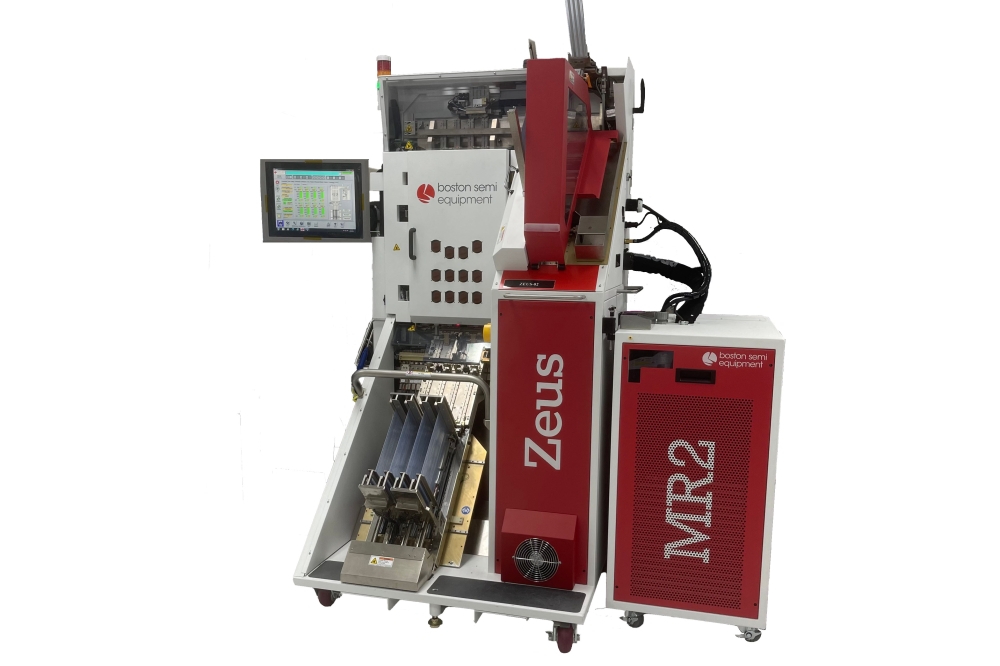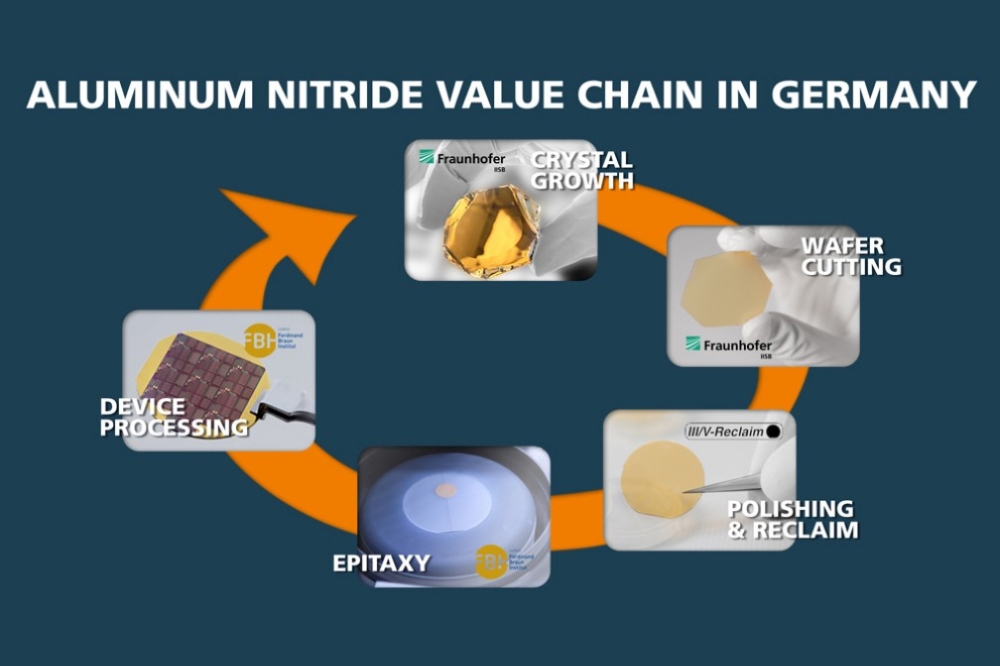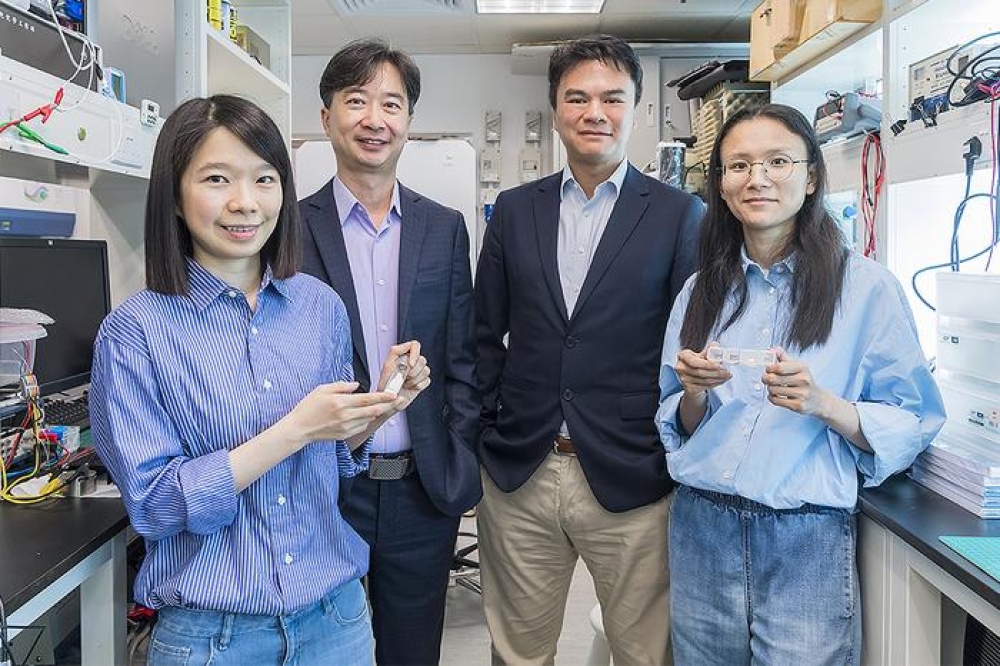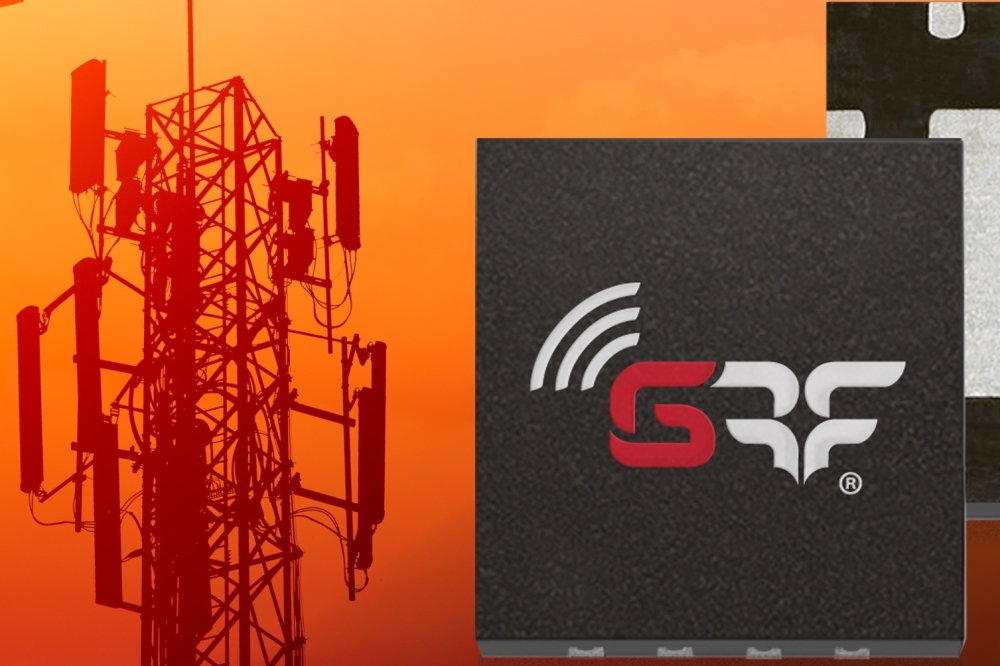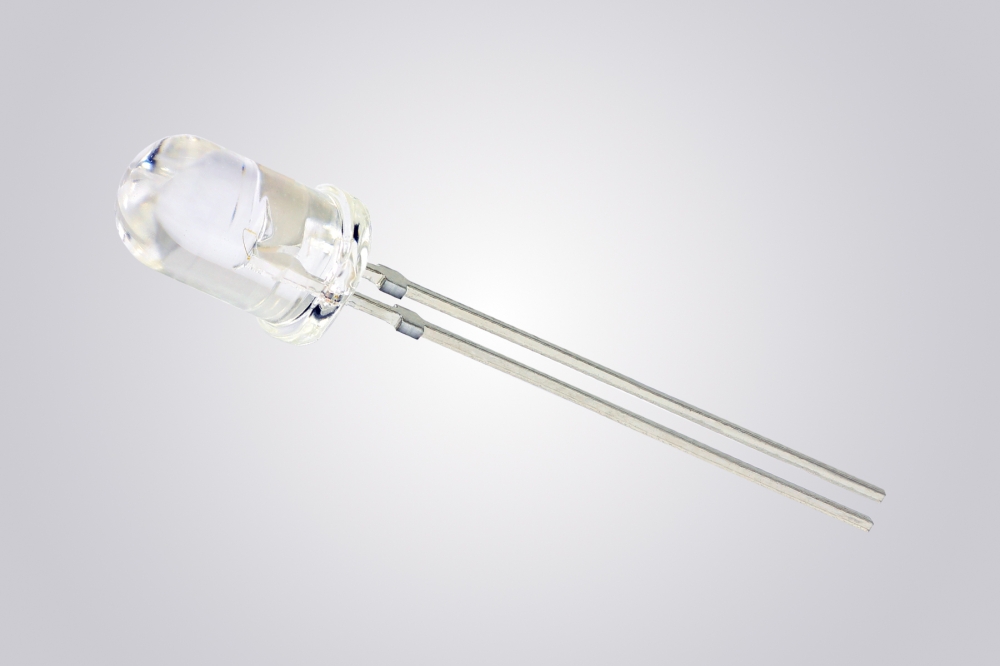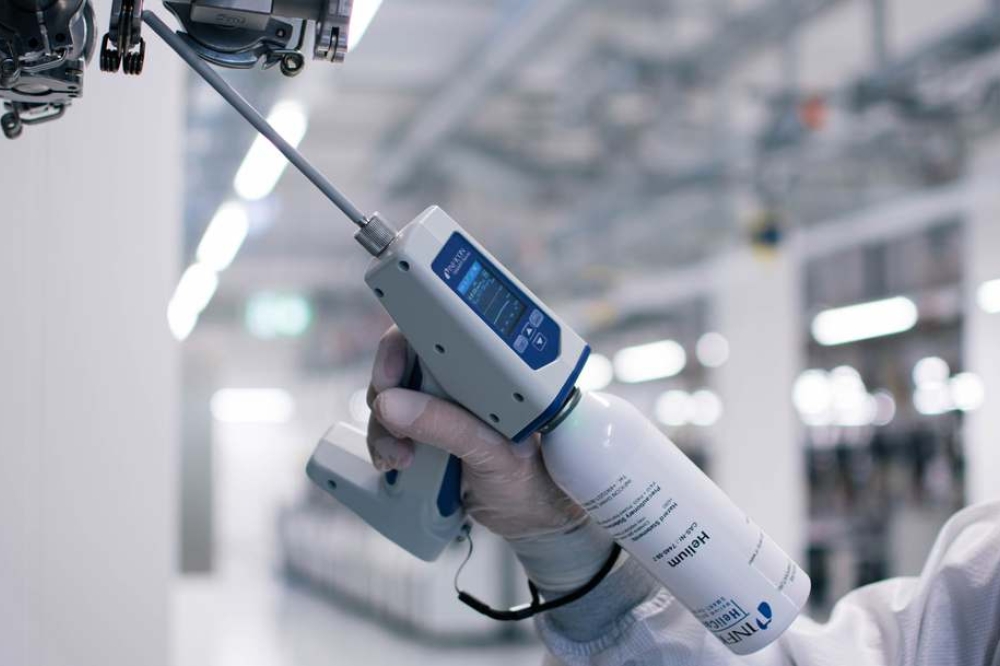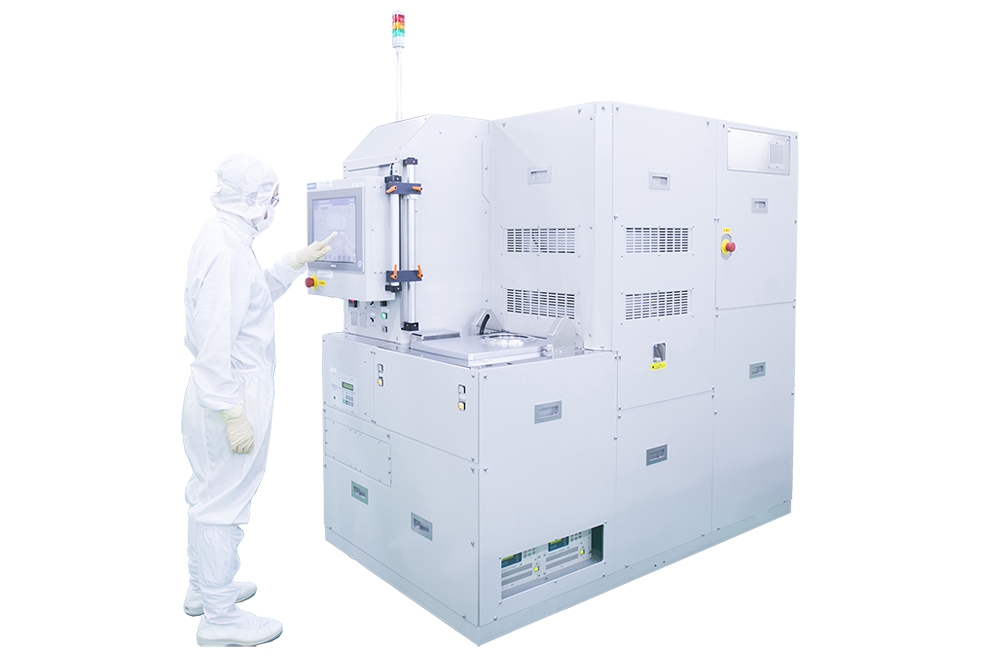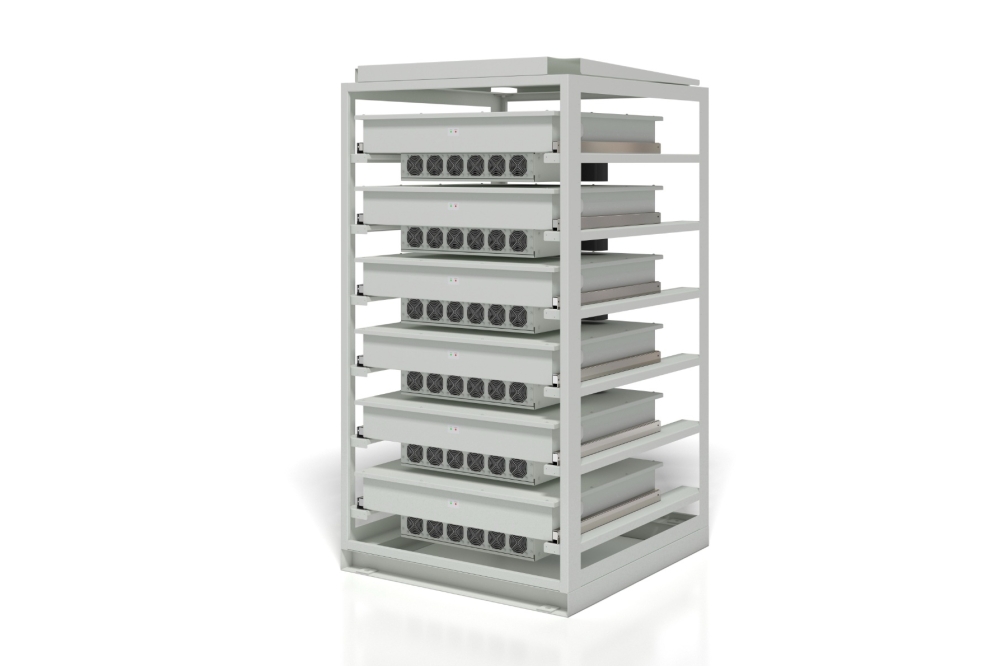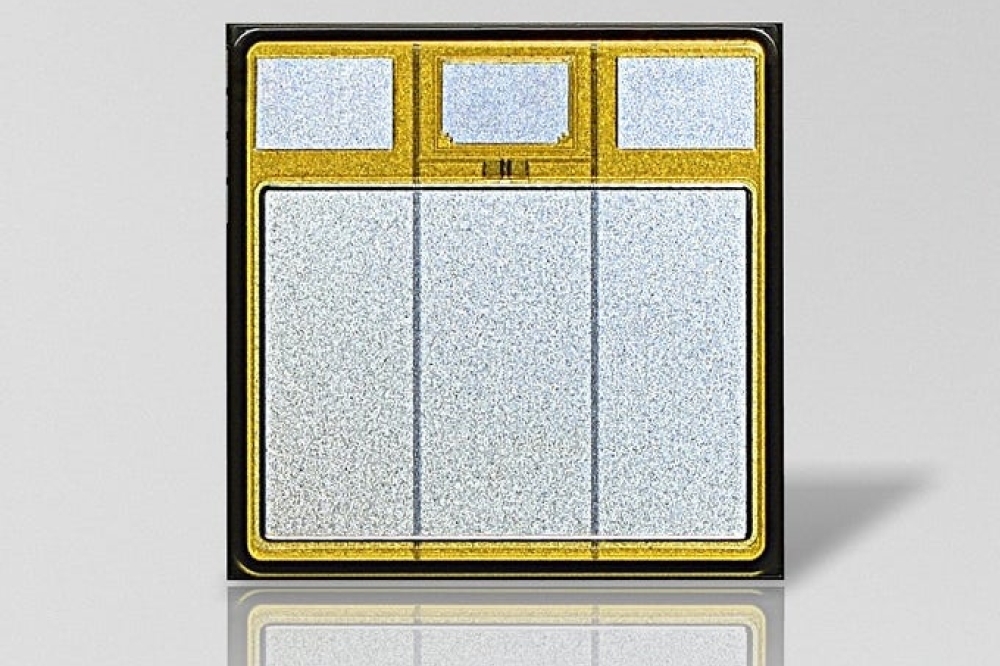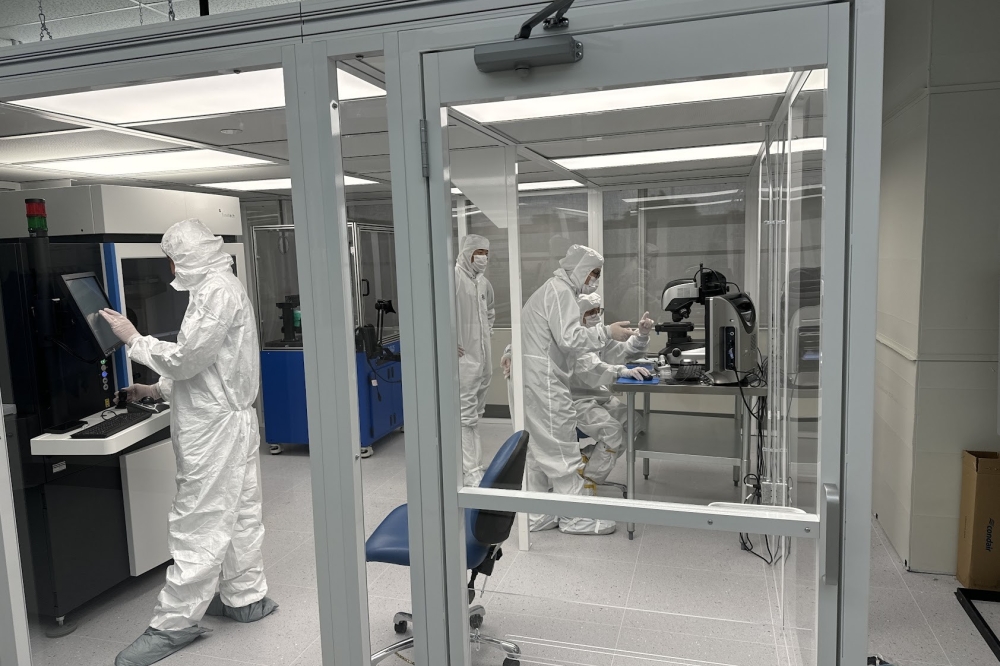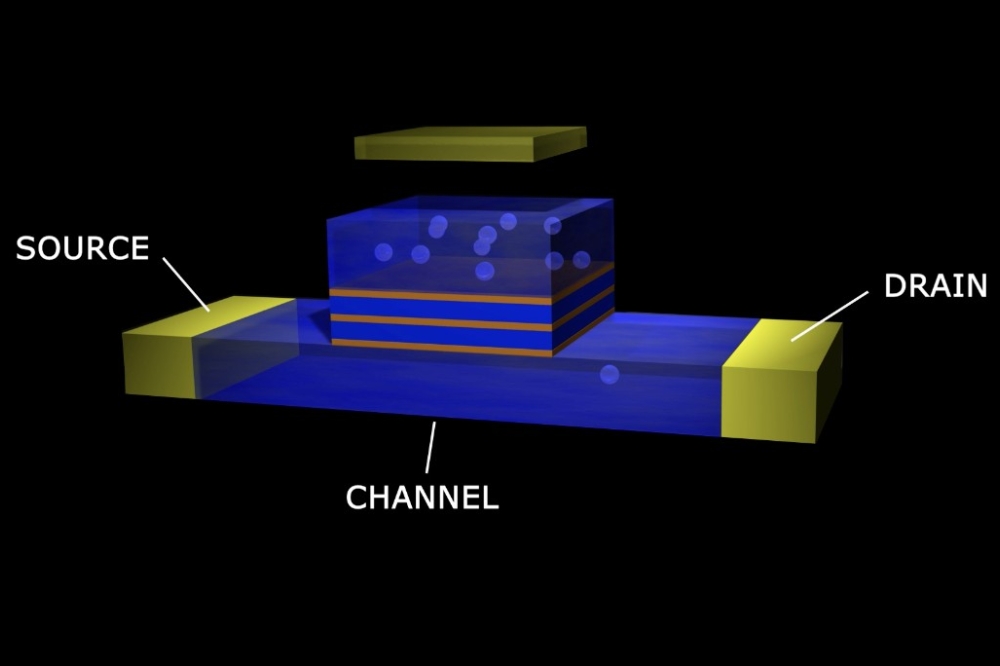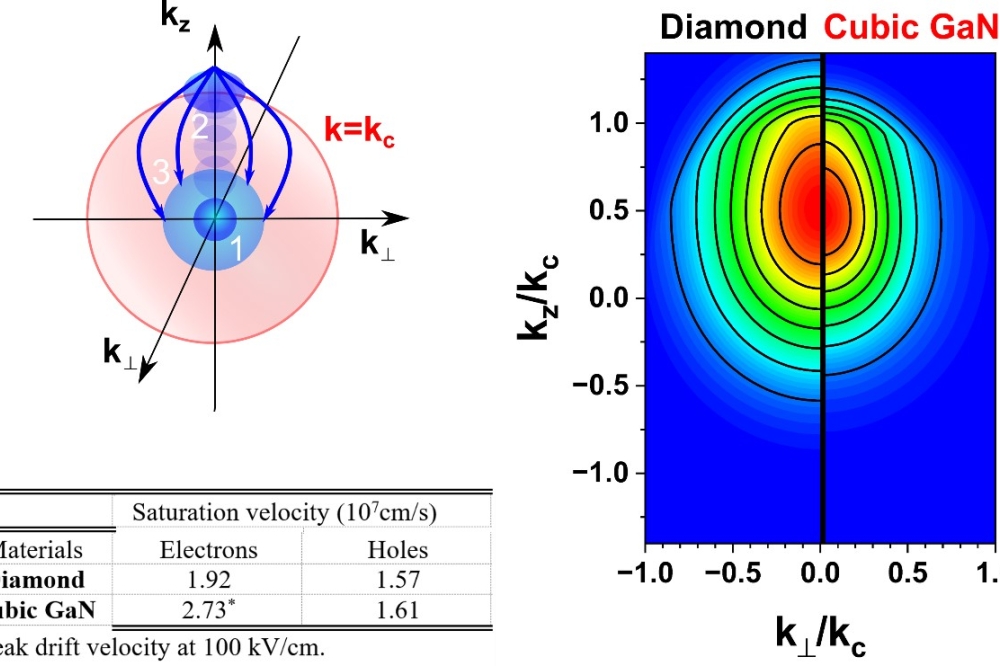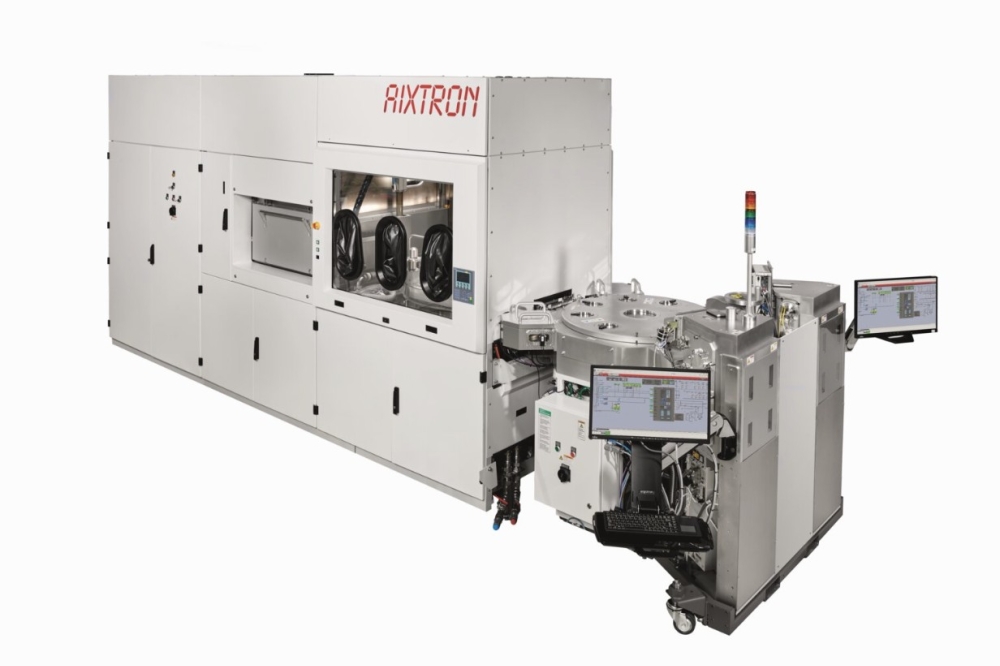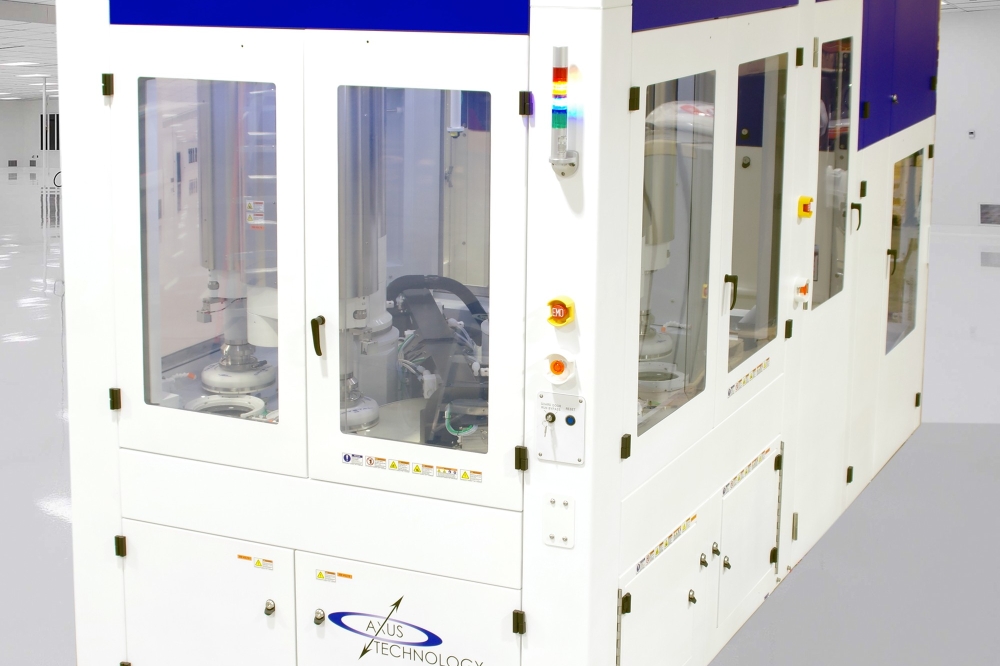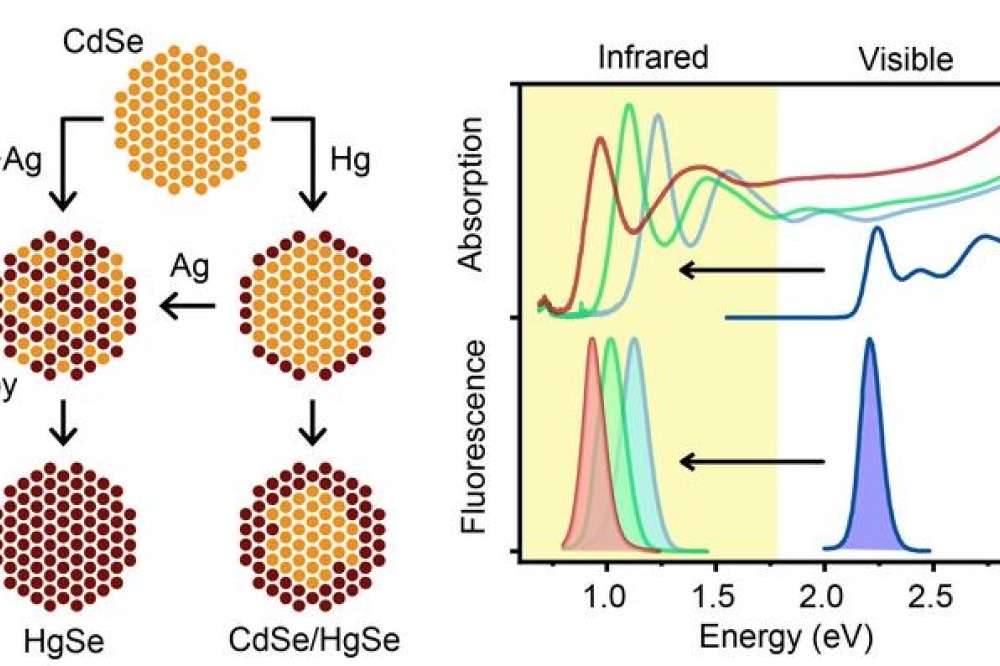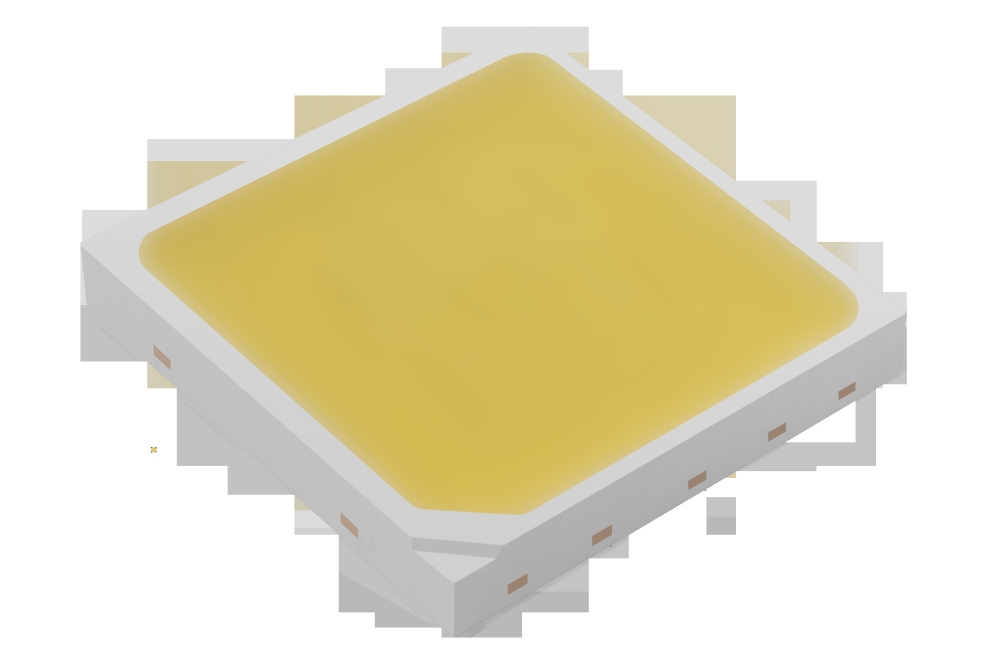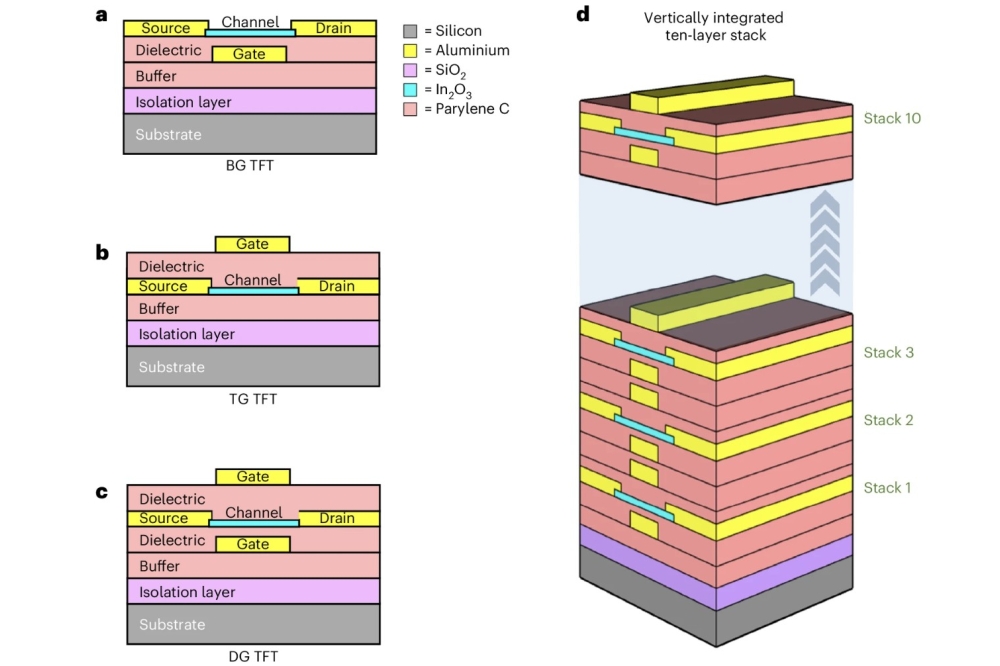Process qualification prompts Nitronex ramp
RF power transistor maker Nitronex says that its GaN-on-silicon manufacturing process is now fully qualified for volume production.
The Raleigh, NC, developer is releasing three new products manufactured with the so-called NRF1 process to coincide with this week's WiMAX World event being held in Boston, US.
While most GaN transistor manufacturers, including fellow North Carolinans RF Micro Devices and Cree, use SiC substrates, Nitronex believes that its use of silicon provides economic benefits without compromising transistor performance.
Nitronex revealed just over a year ago that it had signed a deal to supply the Korean company RFHIC with GaN-on-silicon transistors for WiMAX applications, but since then it has refined its manufacturing process.
Chris Rauh, the VP of sales and marketing at Nitronex, explained: "We made the decision to improve upon the process that was used to make the early samples."
"It was clear to us that our product lines would be improved by moving from 0.7 µm gates to 0.5 µm gates, and by adding a source field plate to the process."
Reliability studies
Those changes required a complete reliability study and qualification, which has pushed out the release of the new Nitronex transistors until now.
The new products, which are aimed at WiMAX infrastructure applications, include a 50 W/28 V device with an average power of 6 W from 3.3-3.8 GHz.
Two transistors operating at 15 W and 28 V have also been released, one of which operates at the lower frequency band of 2.3-2.7 GHz.
According to some commentators, these lower frequencies will remain the preserve of silicon LDMOS power transistors for the foreseeable future (see related story).
Rauh's response is that while LDMOS is now working at 3.5 GHz, this is only part of the story:
"The real test is when you look at the carriers demanding 200 MHz of bandwidth, and very tough linearity requirements, and 25 W average OFDM power amplifier output with efficiencies greater than 10 per cent," he retorted.
"Higher-frequency markets (above 3.8 GHz) are clearly in our sights, so I am not in disagreement that there is a strong play for GaN at these frequencies, but I don't believe that the game is completely settled at 2.5 GHz and 3.5 GHz for WiMAX."
Rauh is expecting the process qualification to have an immediate impact on Nitronex sales. He believes that although the notoriously conservative wireless infrastructure market has been burned in the past by adopting power transistor technology too early, the reliability data that Nitronex can now present meets or exceeds customer needs.
"They can now fully embrace GaN technology, since they can review the completed reliability and qualification report."
• Cree, one of Nitronex's rival GaN transistor makers, also released a new product at the Boston show. The 15 W packaged HEMT has been designed for North American WiMAX applications and operates at 2.3-2.9 GHz.
Cree claims that the 2.5 W average power CGH207015 yields a 30 per cent improvement in drain efficiency compared with either silicon LDMOS or GaAs when used for the WiMAX protocol.



